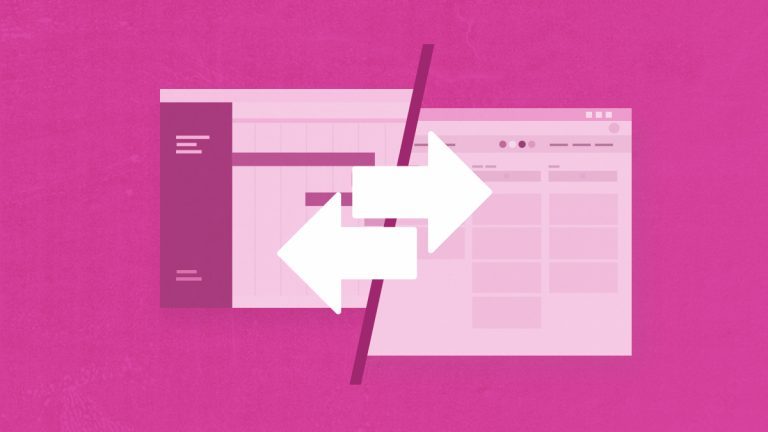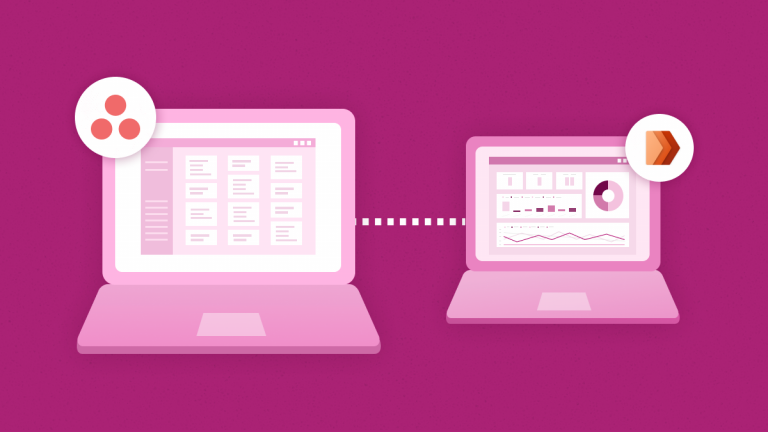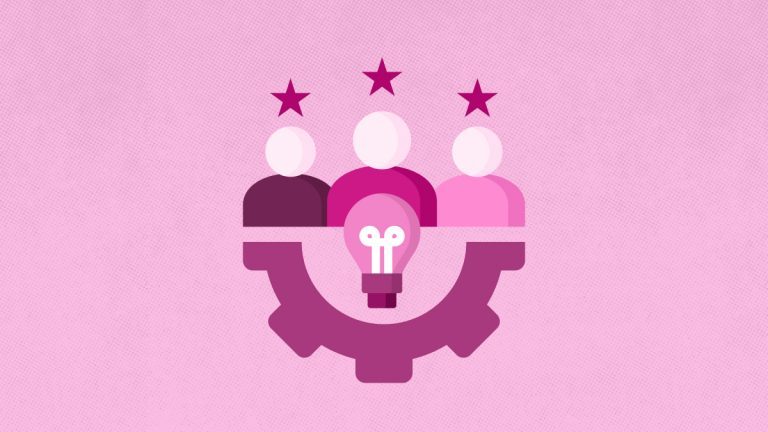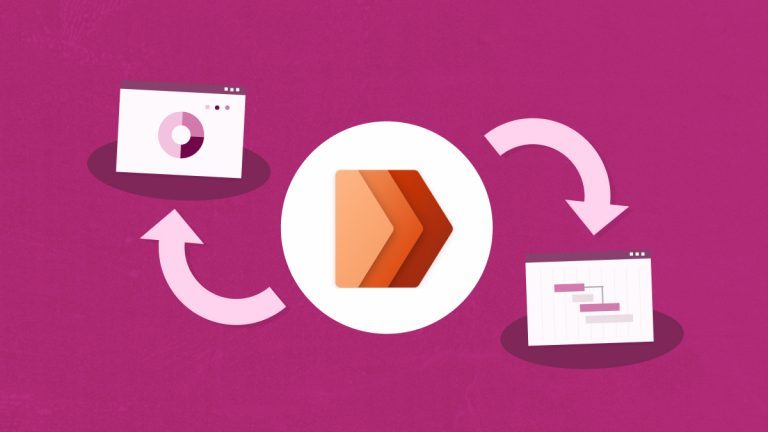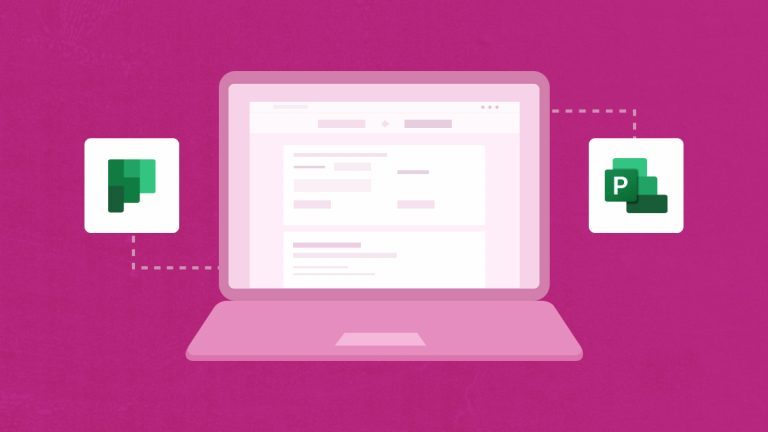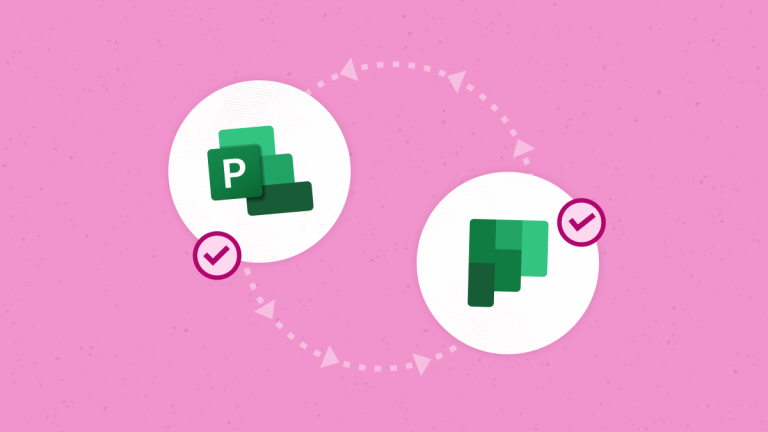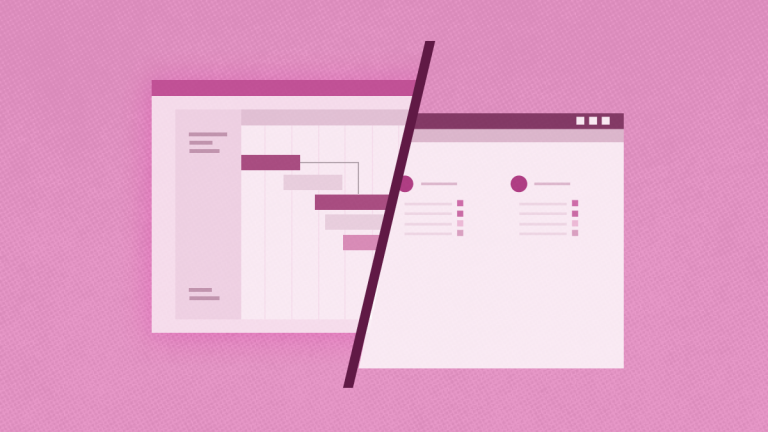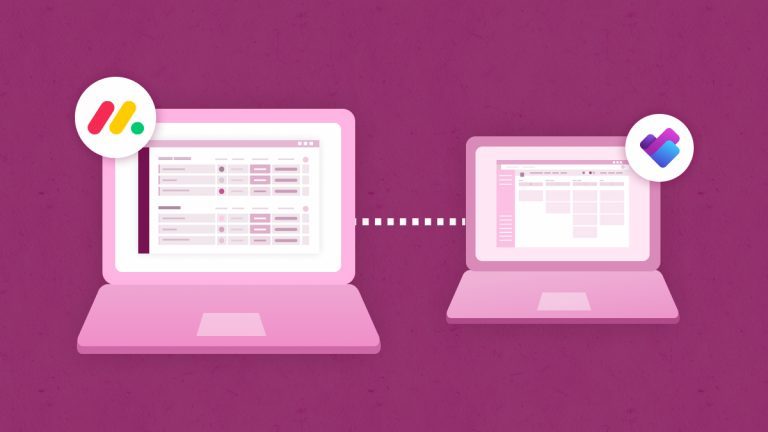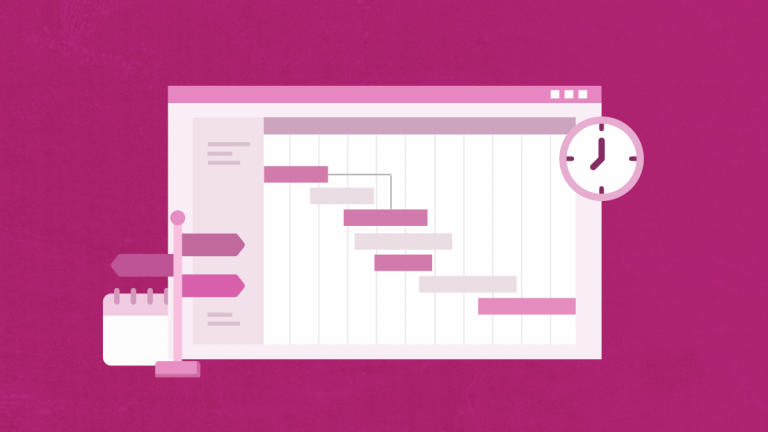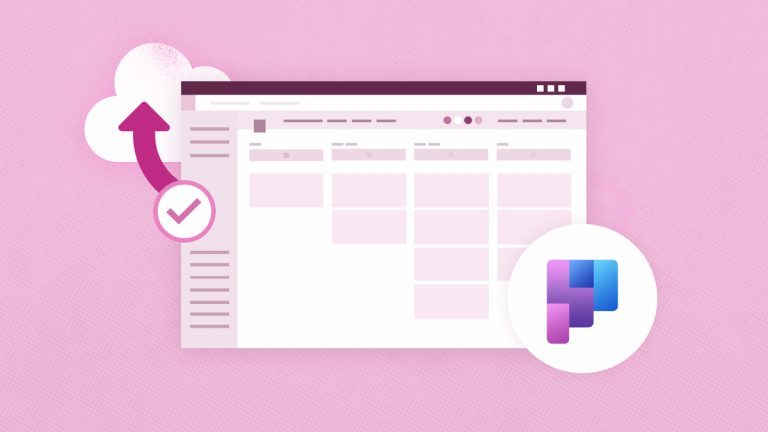
Elena Humeniuk
PPM Consultant
Driven by the PMO initiatives to create procedures and maintain best practices for project management, IT specialists often find it challenging to develop the most effective solutions. This is especially obvious when switching between popular project management systems. While data migration may seem easy, there are often challenging processes encountered along the way, such as a change in storage, application, or database. These challenges worsen if the correct data migration process is not followed correctly.
Too much data means endless confusion
Having a lot of data to transfer can result in problems that create setbacks and slow down the overall process. This can ultimately hinder team productivity, as the time designated for management is now diverted into data transfer.
Some common data migration problems are:
- Complexity: This can result from having a lot of data available. Confusion and disorganization most often arise when using the manual data transfer methodology, and disorganization can also result from careless mishandling of data.
- Migration data quality: Compatibility can influence the transfer process with other features of the new management tool. Data can be lost during transfer and due to misnamed folders and other incorrect categorizations.
- Manual work: Manual migration requires much time.
Goodbye to the fear of losing data
By choosing the best data transfer software capable of working wholly and independently, with little to no intervention, you can ensure your data is secured when trying out a new management tool. With the right tool, there’s no cause for fear.
Data migration strategies
Data migration is essential to the Project Portfolio Management lifecycle, especially when ensuring all data pieces are moved from the existing management tool to another platform.
The best strategy is to use Project Migration Automation Software. It becomes less time-consuming when the data migration process is fully automated. Project managers and IT specialists do not need to perform any manual work. They just decide which project data needs to be transferred and leave the rest to the automation. The automated software also can’t make any errors or lose data, which can occur during manual migration. You get the efficiency of an automated system, and an encouraging ROI is guaranteed.
Based on positive reviews and its leading reputation, the FluentPro Project Migrator software is today’s market’s most innovative project migration solution. Project Migrator is a cloud-based, fully secure software running on the Microsoft Azure platform that automates project data migration, making the process simple and quick. The platform enables data migration from one project management system to another and is designed to handle time-consuming, effort-intensive activities. You need to choose the data for migration and get a successful result. This software lets PMO directors focus on project management instead of wasting time on data transfer.
Project Migrator supports the following project management platforms for migration:
- Microsoft Project for the Web
- Planner
- New Planner
- Project Online
- Asana
- Monday com
- Trello
- Smartsheet
- Dynamics Project Operations
What are the benefits of having the best data migration strategies and practices?
By using the best solutions for migration between project management platforms, like FluentPro Project Migrator, organizations can get multiple benefits:
- A comprehensive data integrity process is ensured. There is no case of data being mishandled, and there is no data loss or risk to the authenticity. The data can be trusted to remain 100% true as it is when collected.
- The use of cloud networks ensures complete data security.
- Complete automation saves project managers and IT specialists much time.
- It minimizes disruption caused to daily business operations due to the adoption of minimal manual efforts. Every activity becomes automated and faster. This, in turn, helps maximize resources to meet the growing requirements of business datasets.
Learn more about
simple steps to perform project data migration successfully

